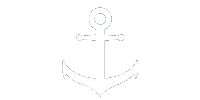The Naval Documents slot online of the American Revolution contain the authentic words of actors in the drama of the Revolution, through diaries, letters, petitions, and ships' logs, as well as muster rolls, orders, official reports, and newspaper accounts. The collection includes American, British, French, and Spanish points of view and gives voice to common seamen, civilians, women, and slaves as well as policy makers, political leaders, and naval sbobet mobile and military officers.
